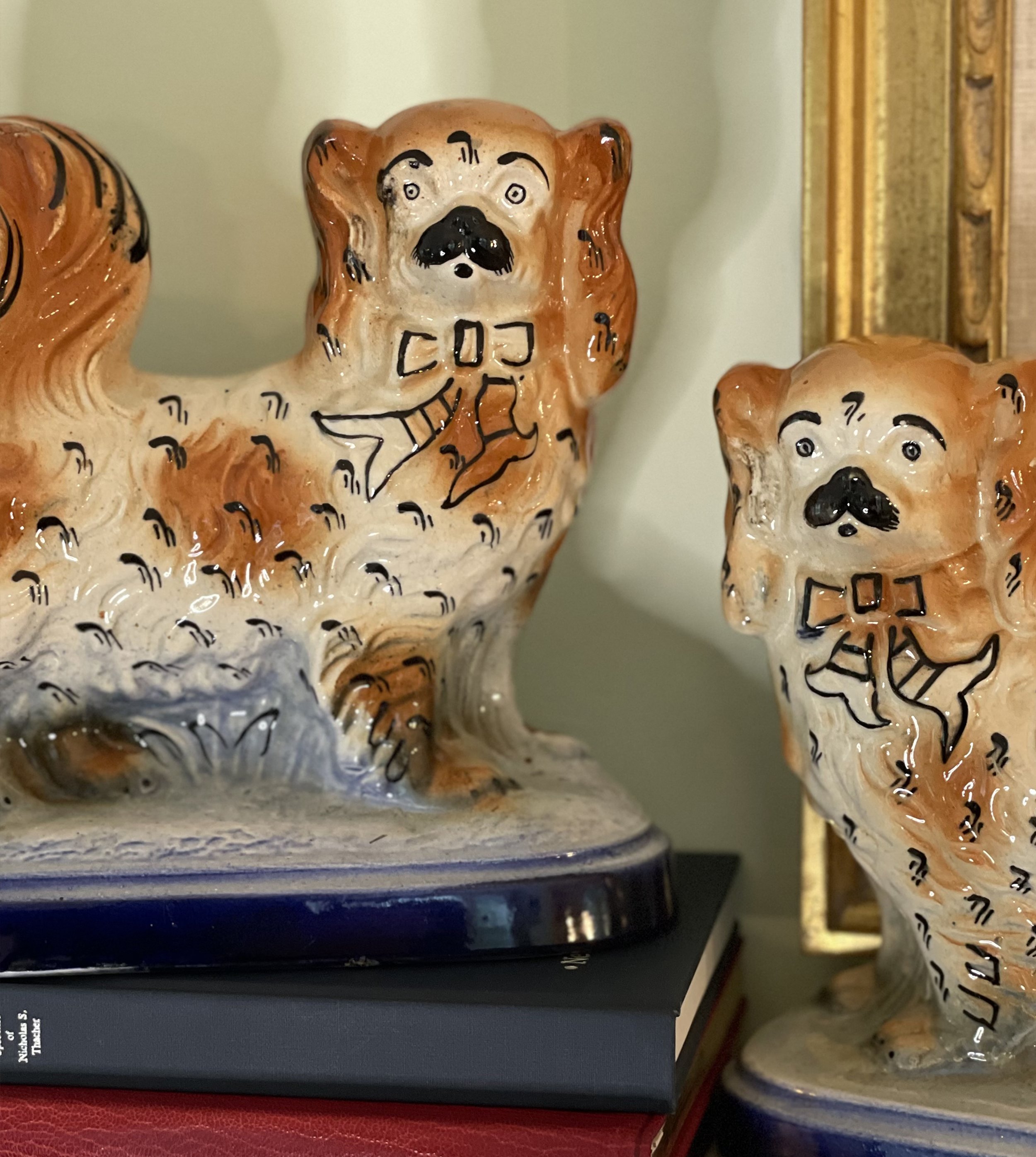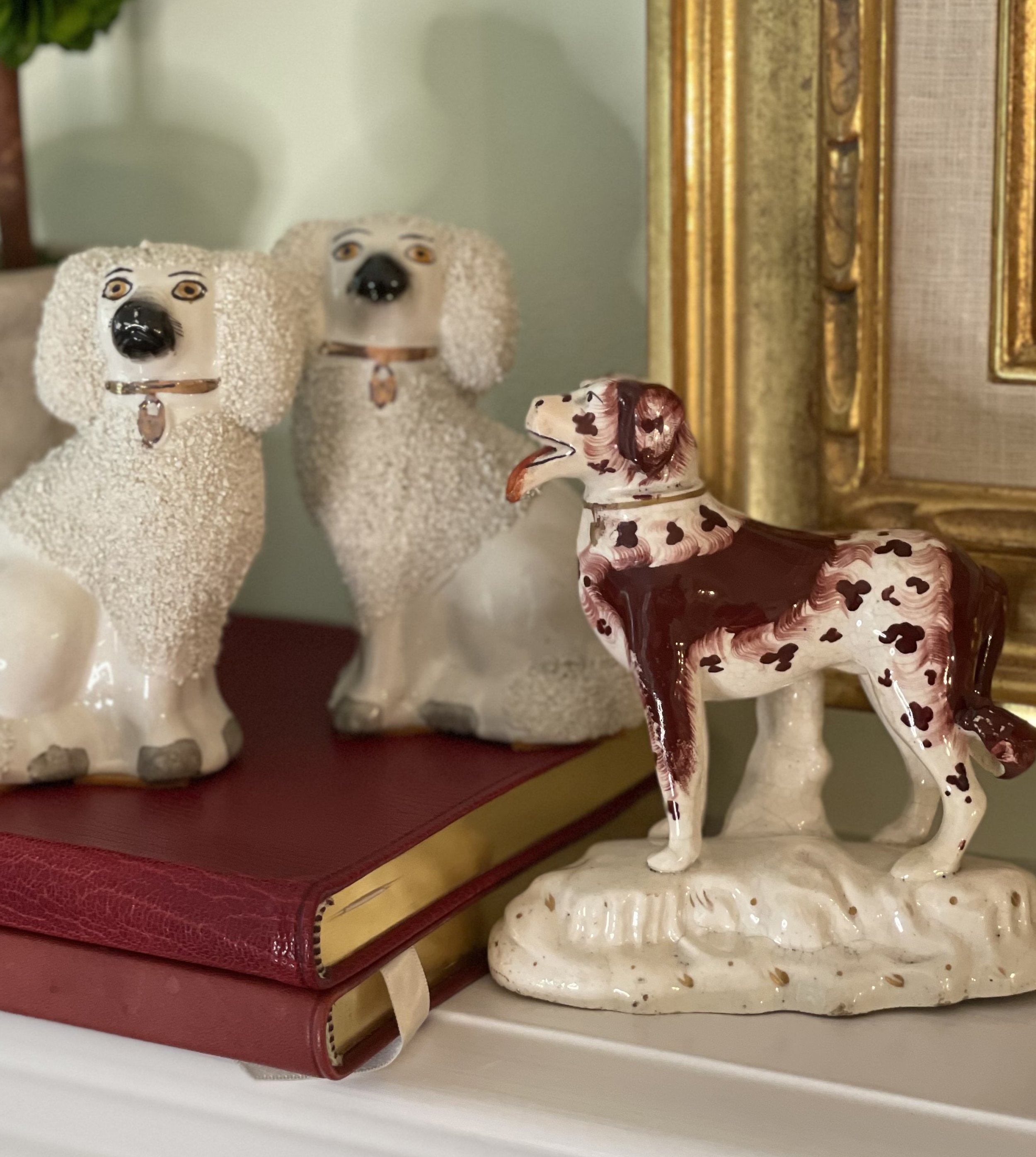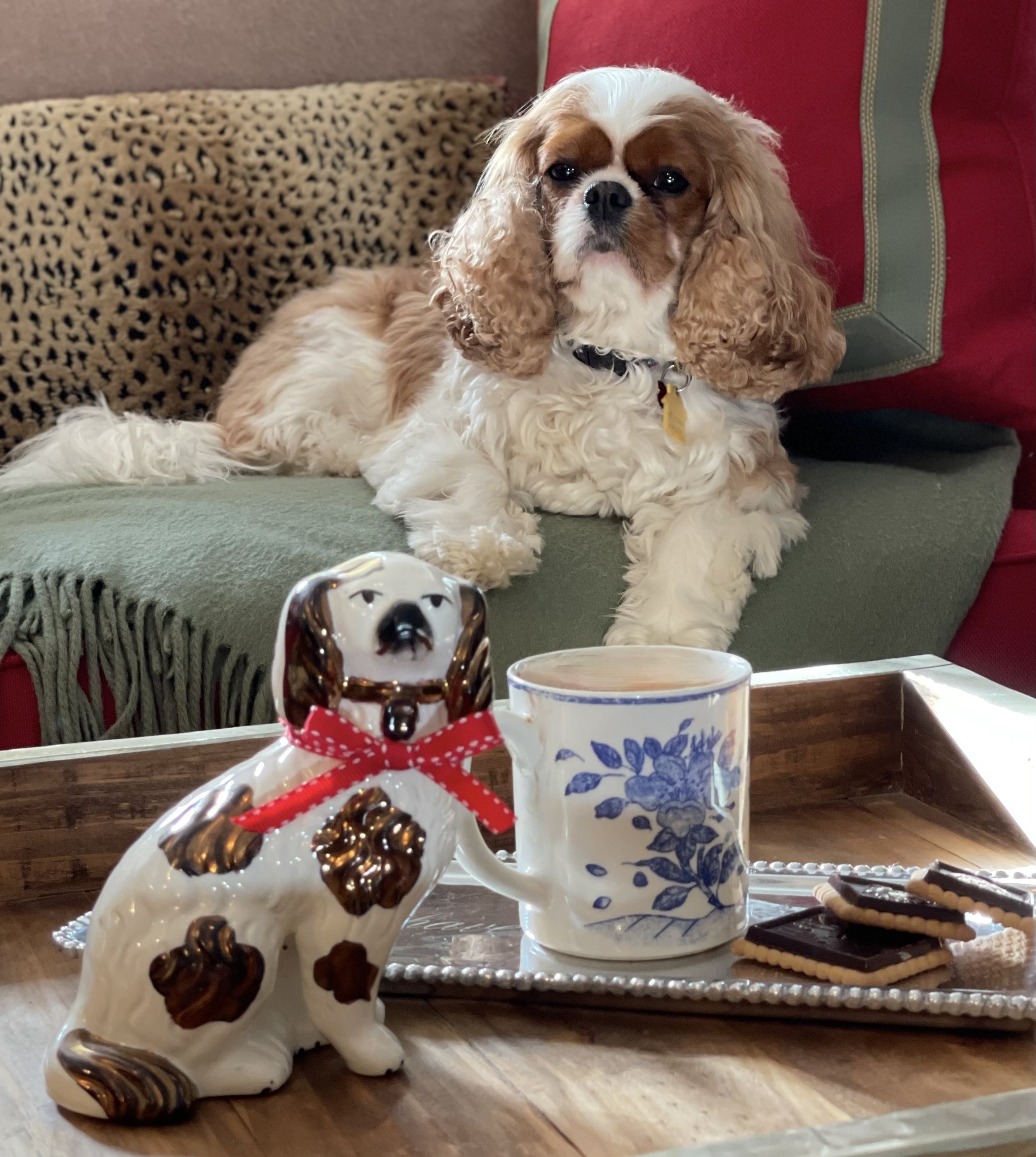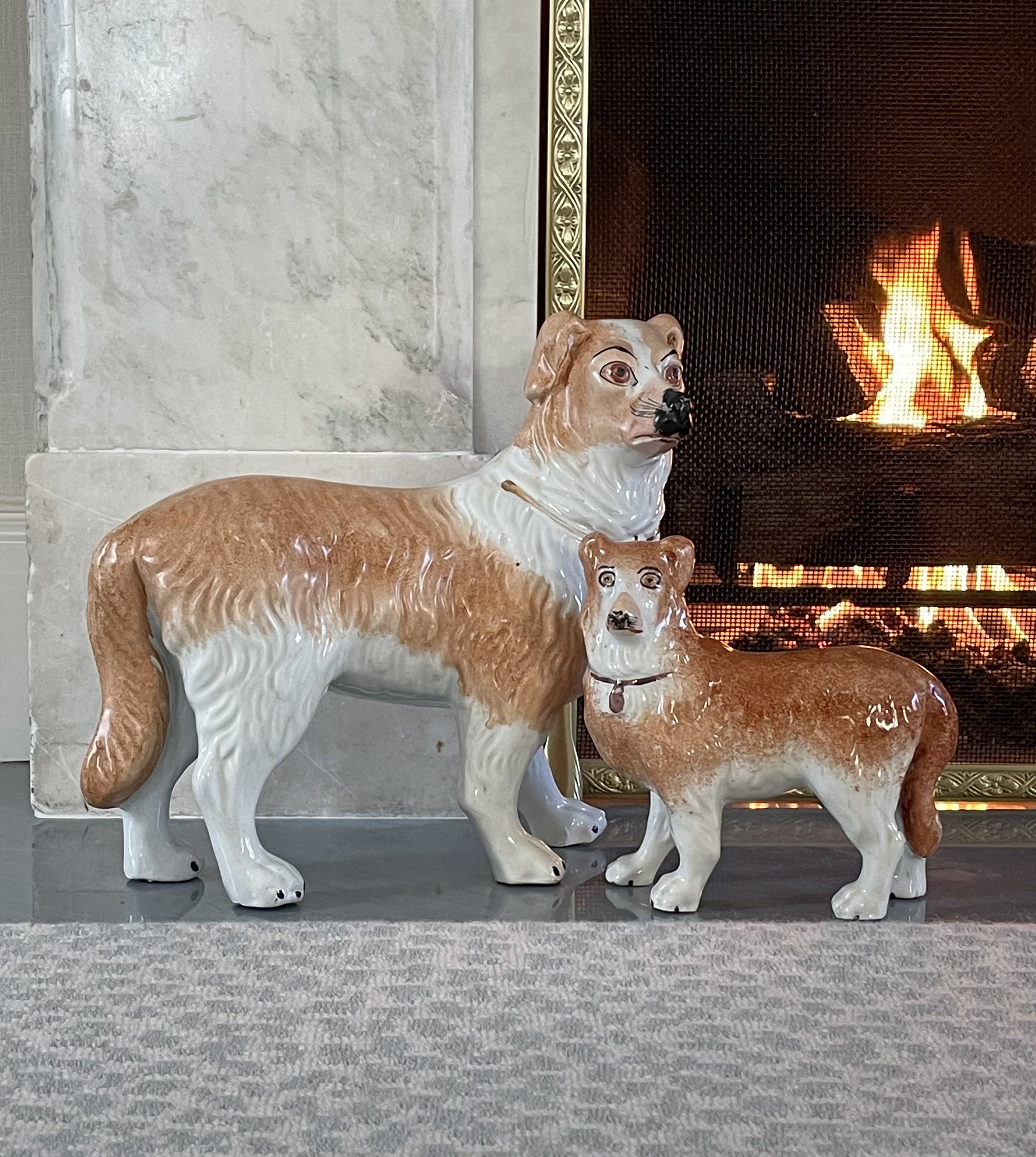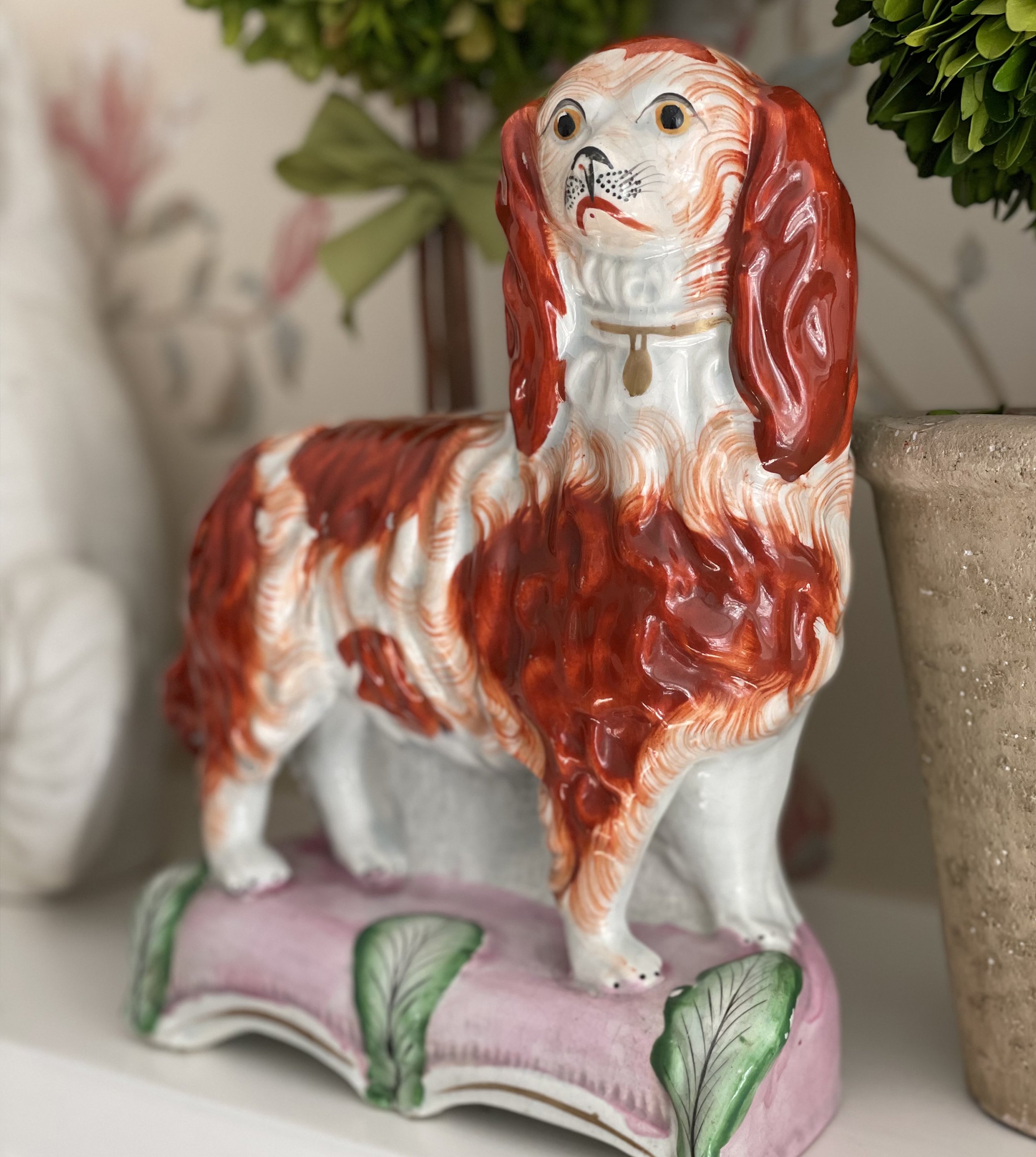Royal Treatment w/ Sheryl Dunleavy
You can listen on Apple Podcasts, Spotify, and all the other podcast platforms. New episodes post every other Tuesday.
How Queen Victoria Elevated Treatment of Dogs and Inspired A Dog Art Market
About The Episode
Growing up, Queen Victoria's mother kept her sheltered to limit any outside influences. As a result, she had a closed-off childhood without much interaction with others her age. Instead, a Cavalier King Charles Spaniel named Dash became her constant companion and playmate. When Victoria became Queen at age 18, she even rushed back to Buckingham Palace after her coronation to give Dash a bath. Her love and empathy for dogs would translate into her time as a royal figure.
Victoria considered dogs to be part of her family. Even when paintings were done, the dogs were included. Previously, dogs were only seen as working animals, never allowed into the home, and any prior dog paintings were of capturing them in working or sporting situations. But these paintings of Dash and Victoria's other dogs were reproduced as etchings and available to the general public, where they quickly grew in popularity. They provided a visual representation of how the relationship between a person and a dog could be, and that a dog could live in the home.
That wasn't all, either. Victoria cared very much about the treatment of dogs. Most importantly, she gave a royal designation to the Society for the Prevention of Cruelty to Animals (SPCA), this making it officially the Royal Society for the Prevention of Cruelty to Animals (RSPCA) instead. It offered a lot of credibility to the organization, which still continues its work to this day. Victoria had several kennels on the Windsor Castle with strict rules around treating all the dogs there equally and respectfully – including never cropping their ears, docking their tails, muzzling them, or putting down any puppy once it was born. The public became aware of this and took the same model of proper, kind treatment into their own hands. Soon, it became the norm to have a dog in your home and family.
The rise in canine popularity at this time inspired an art movement around capturing people's beloved dogs. Homes were decorated with paintings, needlepoints, and more. Potters in Staffordshire, England, recognized this and decided to take advantage of a burgeoning audience. Around 1840 they pivoted, from previously making dishes and plates, to create what are now known as Staffordshire dogs – simple, cheerful pieces of pottery.
Sheryl Dunleavy, who grew up loving dogs and had a strong connection to them herself, found inspiration in Queen Victoria and the journey these dog art objects have had over time. After stepping away from a longterm family business, she wanted to combine her love for antiques and dogs into a new endeavor. Thus, The Ann Parke Collection was started to do just that. Sheryl loves the sense of history these objects can have, and how they preserve our shared love for dogs overall and for capturing our individual canine companions. Two centuries later, it's safe to say Victoria would be proud to see how far things have gone while traditions are still upheld.
About The Guest - Sheryl Dunleavy
Sheryl Dunleavy is the Founder of The Ann Parke Collection, featuring everything from ceramics to portraits that mostly focus on dogs. Woven through these antiques are stories tied to the historical evolution of the human and dog bond, dating back to the 1800s and the lasting influence of Queen Victoria. Sheryl is currently based in Connecticut with her family and two dogs, a Shetland Sheep Dog named Belle and a Cavalier King Charles Spaniel named Winston.
Featured Links
The Ann Parke Collection website - https://www.annparkecollection.com
The Ann Parke Collection shop - https://www.chairish.com/shop/annparke
The Ann Parke Collection on Instagram - https://www.instagram.com/ann_parke_collection


